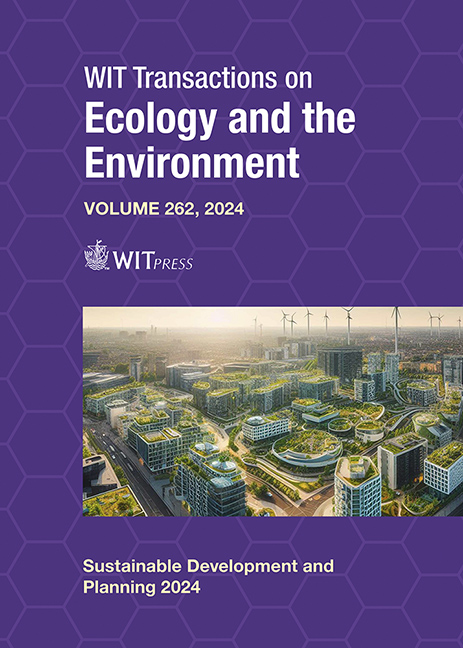PLANNING AND RECORDATION OF HERITAGE CONSERVATION IN THE TROPICS: PILOTING DIGITAL PRESERVATION OF LA MINA RECREATION AREA, PUERTO RICO
Price
Free (open access)
Transaction
Volume
262
Pages
12
Page Range
405 - 416
Published
2024
Paper DOI
10.2495/SDP240341
Copyright
Author(s)
RAYMOND FELICIANO, JOHNNY LUGO-VEGA
Abstract
Managed by the US Forest Service, El Yunque National Forest is one of the oldest natural reserves in the world and the only tropical rain forest within the United States National Forest network. This internationally recognised cultural landmark is one of the most visited natural destinations in the Caribbean, and is increasingly sensitive to disturbances, enhanced by the effects of climate change. In 2017 major hurricanes ravaged the cultural resources within the forest’s La Mina Recreation Area. This area was the first natural recreation location in the Caribbean and its historical infrastructure continues to serve as the main vector facilitating interaction between the public and the natural environment. Recognising the fragility and critical social value of those resources, the US Forest Service has planned and implemented sustainable initiatives, tempered to counterbalance the operational constraints of a tropical context plagued with limitations on resources. Our paper will focus on outlining an innovative collaboration that explored interagency partnerships for the digital preservation of two historically significant properties, using advanced technology, including 3D laser scanning and drone flight photogrammetry. The first property, the Stone House, was the first ranger station built by the USA in the Caribbean. The second site, called La Mina Trail Bridge, consists of a piece of handmade infrastructure that served as the only access to the most visited waterfall on the island. The recordation data served as a critical tool for documenting the properties and as a key planning tool for developing resilient and adaptive restoration of culturally significant heritage sites while ensuring sustainable public access to the land. We will discuss these efforts in more detail and outline the results as a case study for other professionals working with rural heritage conservation.
Keywords
heritage conservation, natural resources management, climate change





